14 Fast-Spreading Runner Plants for Ground Cover
Runner plants add a lush, cascading element to indoor and outdoor landscapes, creating a sense of movement and life. Their trailing nature allows them to spill gracefully from containers or climb upward, adding vertical interest.
These plants adapt well to different environments and require minimal care, making them ideal for both novice and experienced gardeners. Each variety brings unique leaves, textures, or flowers, adding depth to any space.
Their versatility and easy growth habits make them a great choice for creating natural beauty indoors and out. Here are 14 different runner plant types to consider for your garden:
Wild Roses
Wild roses are resilient plants known for their expansive growth.
These hardy varieties thrive with minimal attention, often sending out runners from numerous nodes.
Their sprawling nature allows them to cover large areas quickly, creating a lush landscape.
I find that wild roses not only enhance garden aesthetics but also attract pollinators with their fragrant blooms.
Strawberries
Strawberries are fascinating as they serve not only as a delicious fruit but also function effectively as an edible ground cover. Their unique horizontal stems, known as stolons, creep along the soil's surface and periodically produce new strawberry plants.
This natural growth habit allows for easy propagation while enhancing your garden’s aesthetics with vibrant greenery and bright red berries. Incorporating strawberries into your landscape provides both beauty and bounty, making them a practical choice for any home gardener seeking diversity in their planting options.
You can enjoy fresh strawberries while contributing to the environment around you through this sustainable practice.
Lily of the Valley
Lily of the valley captures attention with its delicate appearance but hides a dangerous secret. This plant spreads easily through runners, making it invasive and potentially harmful to surrounding greenery.
Its toxicity poses serious risks; consuming even small amounts can be fatal for children and pets, while adults may experience severe health issues if ingested. Understanding its characteristics is crucial for safe gardening practices, ensuring that you protect both your plants and loved ones from this hazardous beauty.
Awareness of its nature helps in managing any potential threats effectively.
Spider Plant
Spider plants are fascinating houseplants known for their unique growth pattern. They produce long, arching runners that extend gracefully downwards.
These stolons create a stunning visual effect as they dangle and spread out, adding depth to any indoor space. As the plant matures, it becomes more vibrant and lush, making it an attractive addition to your home decor.
Caring for spider plants is simple; just ensure they receive adequate light and water to thrive beautifully in your living environment.
Crocosmia Flowers
Crocosmia flowers boast striking orange hues reminiscent of lilies, adding a burst of color to any garden.
Though resilient, these plants can be fragile and may occasionally break.
They have an impressive ability to recover by developing horizontal runners that allow them to flourish despite setbacks.
Cultivating crocosmia not only enhances your landscape but also showcases nature's tenacity in adapting and thriving through challenges.
Bermuda Grass
Bermuda grass is known for its rapid establishment and dense coverage, making it a popular choice among homeowners. Its unique growth pattern includes both rhizomes and stolons that spread effectively in multiple directions.
This characteristic allows the grass to create a lush green carpet quickly, enhancing any outdoor space. With proper care, Bermuda grass thrives under warm conditions and can withstand heavy foot traffic.
You will appreciate its resilience as it adapts well to various environments while maintaining an attractive appearance throughout the season.
Purple Queen
The purple queen stands out as a highly adaptable plant, making it effortless to propagate. Its remarkable ability to generate new branches allows this beauty to spread across the soil while establishing roots.
This characteristic not only enhances its growth but also adds a lush appeal wherever it's placed. The vibrant foliage of this plant brings an inviting touch that can brighten any space effortlessly.
With minimal effort, you can enjoy the benefits of having such a stunning green companion in your home or garden.
Sprawling Ivy
Sprawling ivy, an evergreen perennial, thrives by climbing and trailing effortlessly. Its growth habit includes both horizontal and vertical stolons that create a lush appearance.
You might appreciate its ability to produce delicate green and yellow blooms along the upright stems. This plant brings life to any space with its vigorous nature, making it an appealing choice for gardeners looking to enhance their surroundings.
I find that incorporating sprawling ivy adds not just greenery but also texture wherever planted.
Peppermint
Peppermint is known for its rapid growth, with roots extending five inches monthly. This vigorous root system contributes to its classification as an invasive plant.
If you’re considering adding peppermint to your garden, be prepared for it to spread aggressively and potentially take over surrounding plants. Managing this herb requires vigilance but rewards you with a refreshing aroma and flavor that enhances various dishes and beverages.
Understanding how peppermint thrives can help ensure a balanced garden ecosystem while enjoying its many benefits.
Potatoes
Potatoes thrive as versatile plants, exhibiting unique growth patterns.
Their ability to spread both horizontally and vertically allows them to adapt beautifully in various garden settings.
You might find them sprawling across the ground or climbing up trellises with ease.
This adaptability can lead to a vibrant garden space, creating coverage that enhances your outdoor area effectively.
Ginger
Ginger is a fascinating plant known for its unique growth patterns. It features specialized structures, often mistaken as stems, which actually emerge from rolled leaves at the base.
Its roots spread horizontally, enabling ginger to form colonies effectively in various environments. This remarkable propagation method ensures that it thrives and expands easily wherever it's planted.
Not only does this adaptability contribute to its popularity in culinary uses but also highlights its resilience in nature's ecosystem.
Irises
Irises are fascinating plants known for their ability to self-propagate, sending up new growths from their nodes or damaged areas.
These stunning flowers not only beautify your garden but also draw in wildlife, inviting hummingbirds, bees, and butterflies to visit.
Over time, they can establish themselves in small clusters throughout the landscape.
Their blooms offer a delightful sight while supporting local ecosystems by providing nectar and habitat for various creatures.
Trout Lily
Trout lily captivates with its distinct foliage resembling the skin of a mottled trout. This unique plant not only enchants nature lovers but also serves practical purposes, being both edible and beneficial for health.
Its leaves can be incorporated into various dishes, adding a touch of wild flavor while providing nutritional benefits. Additionally, trout lily holds medicinal properties that have been valued over time.
Discovering this remarkable plant enriches your appreciation for nature's bounty in our surroundings.
Philodendrons
Philodendrons are remarkable plants that adapt well to various environments. Thriving in low-light areas, they flourish in spaces like bathrooms and bedrooms where humidity is high.
These resilient runners spread rapidly across the ground, making them a wonderful addition to your home decor. Caring for them is straightforward, allowing you to enjoy their beauty without much effort.
Incorporating philodendrons into your living space not only enhances its aesthetics but also brings a touch of nature indoors.

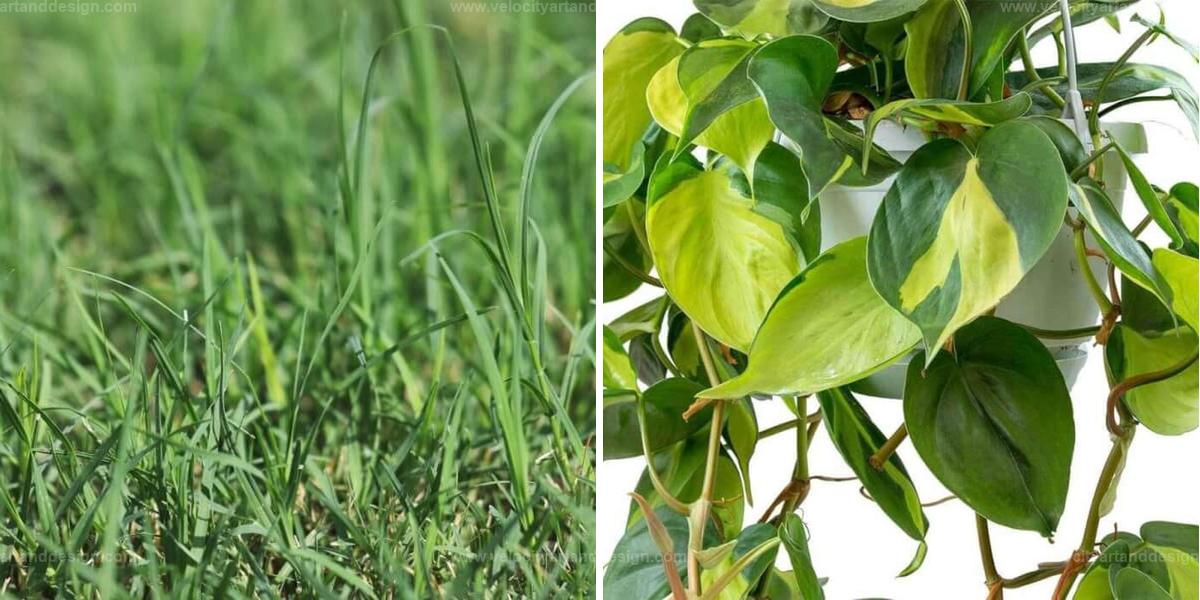
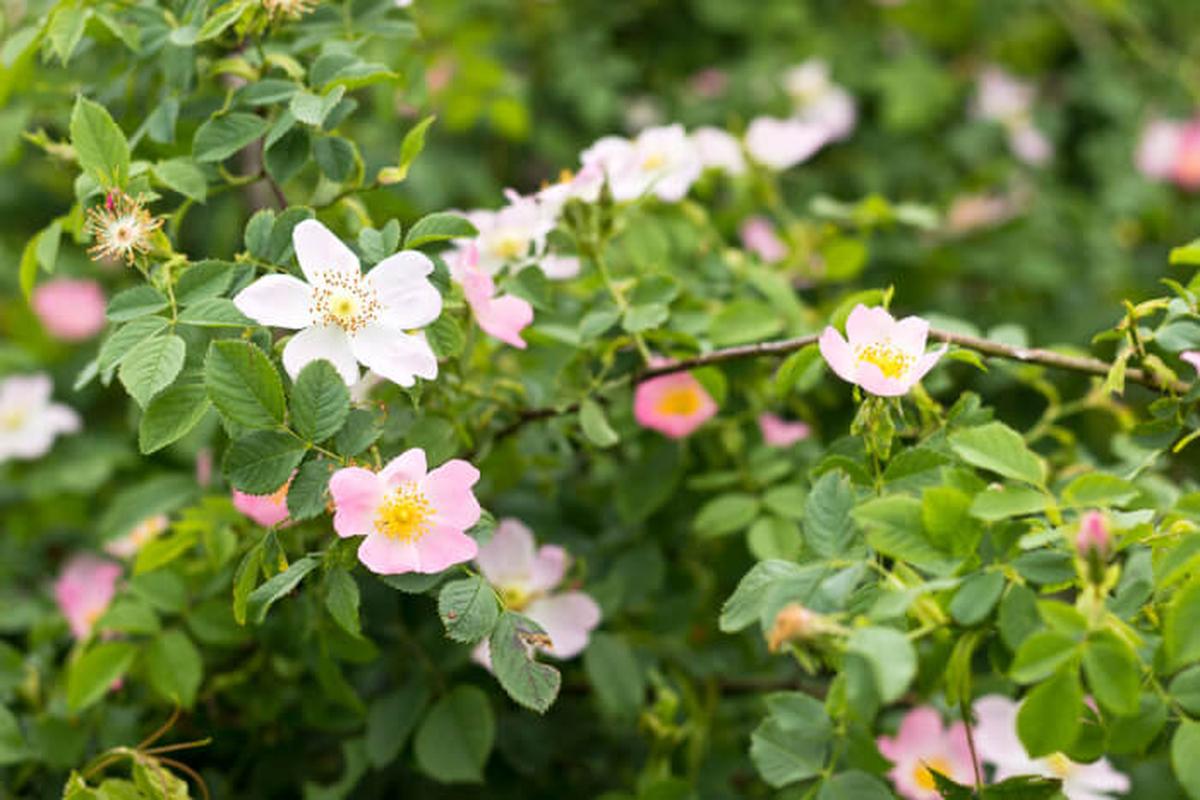
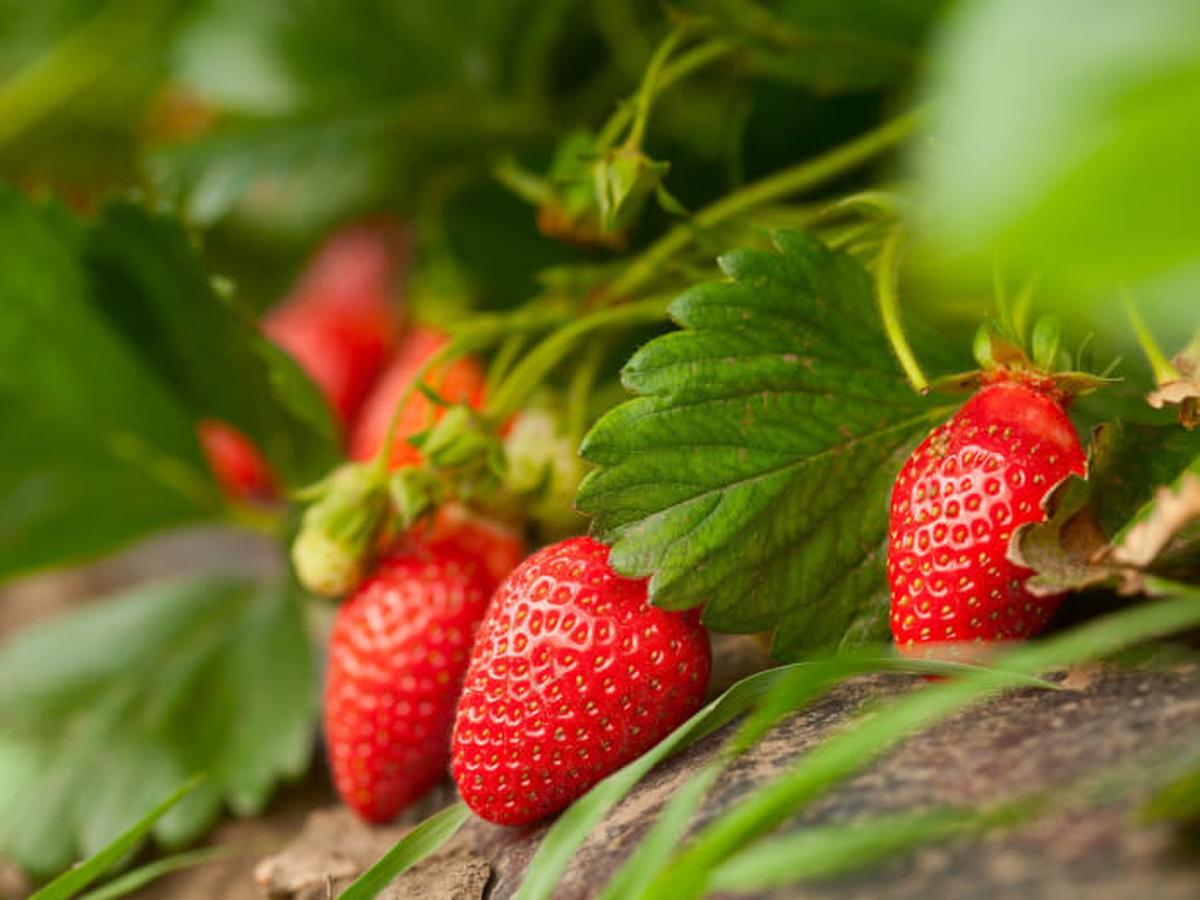
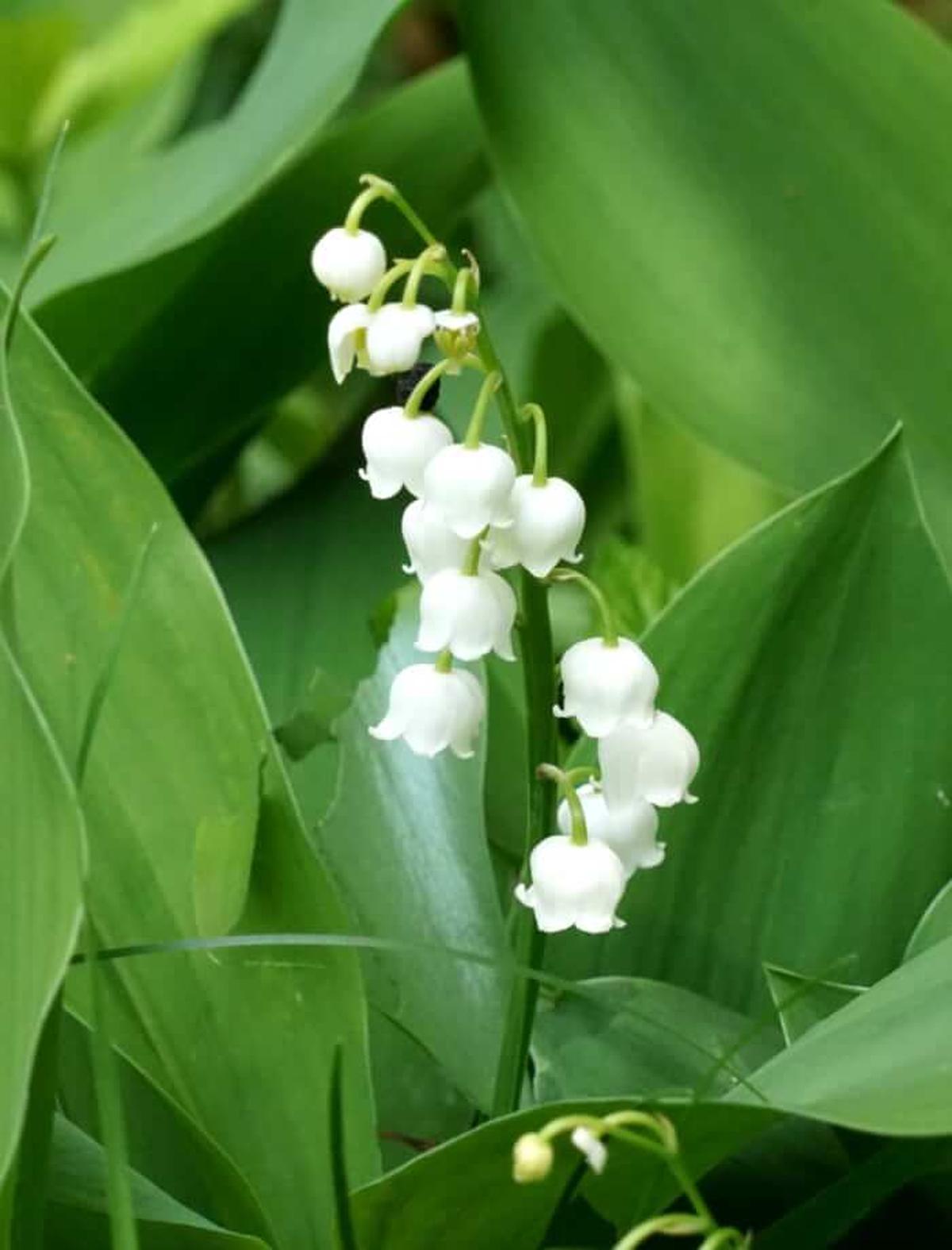
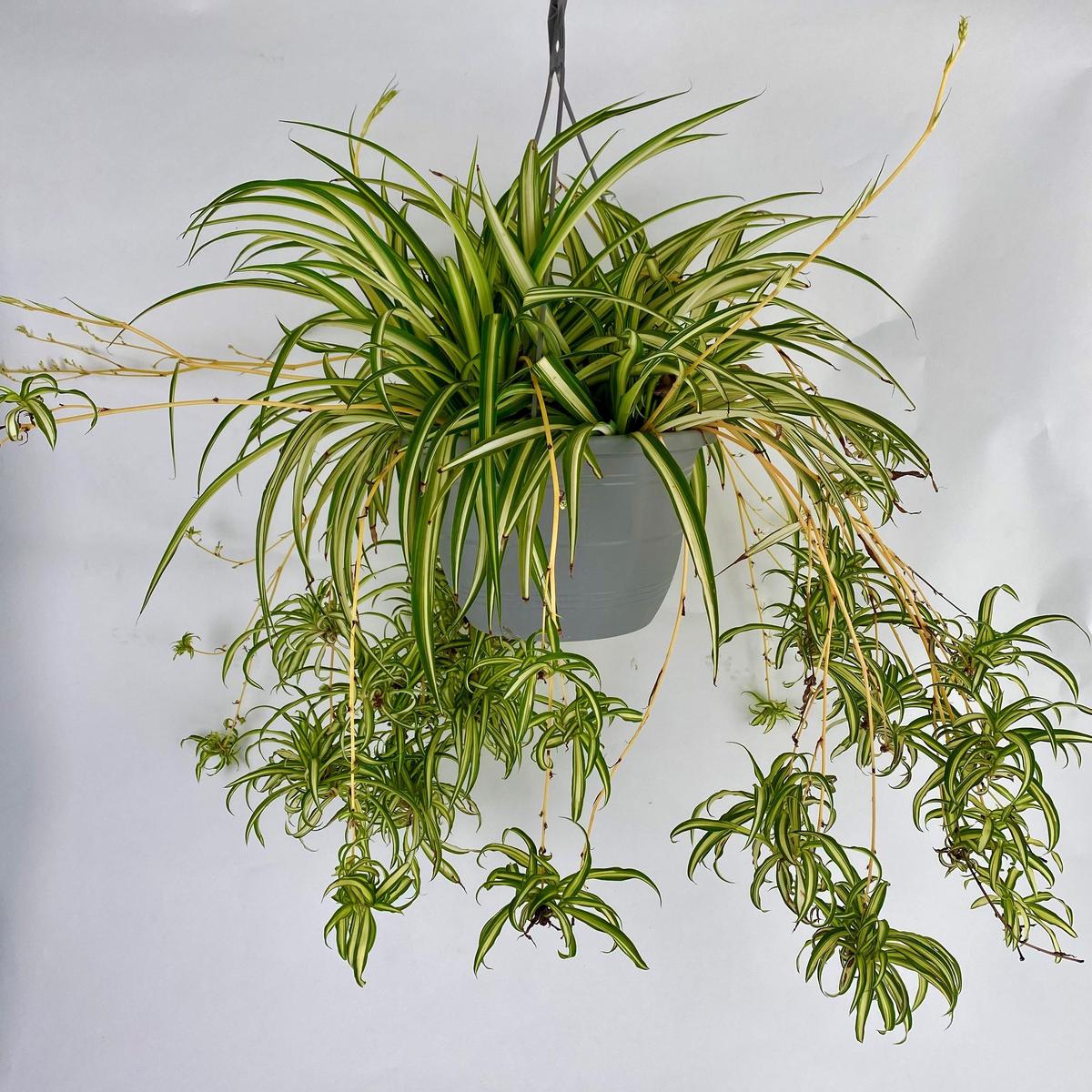
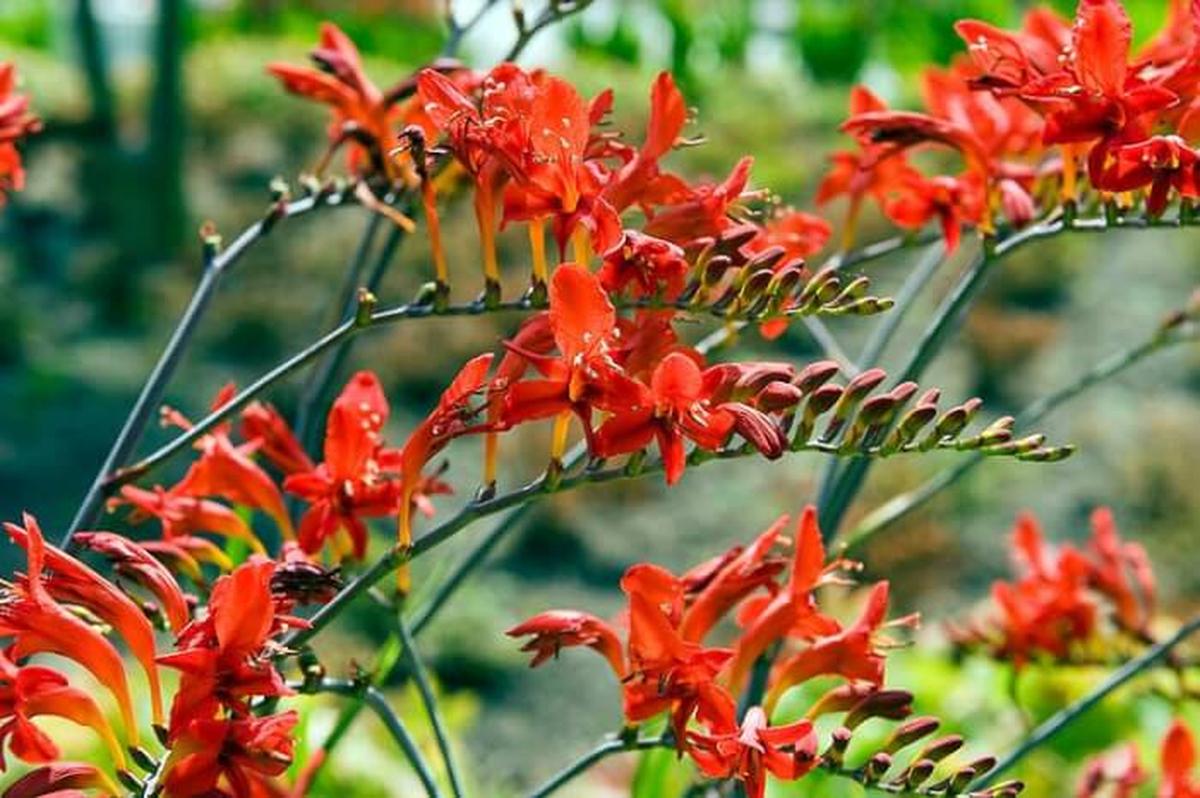
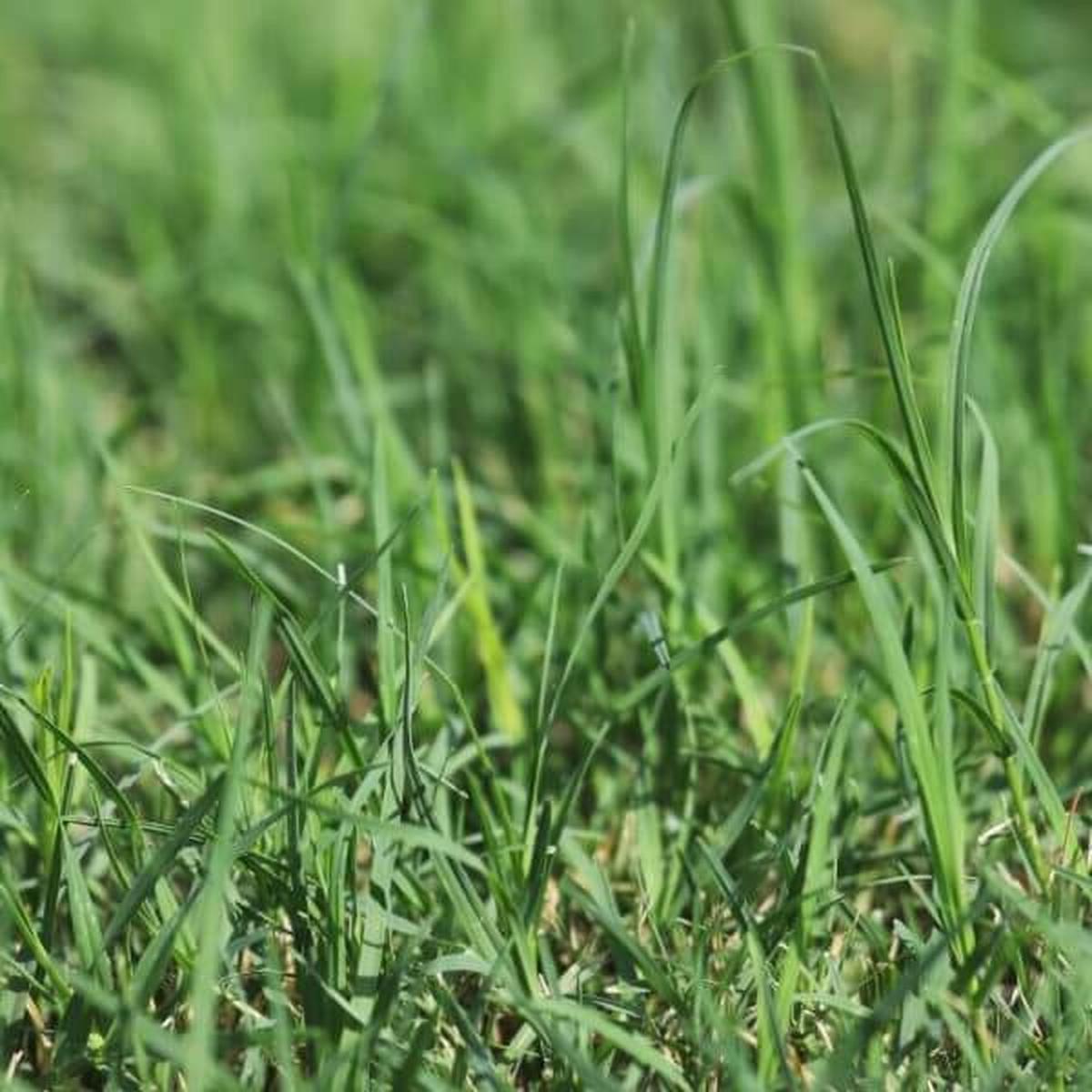

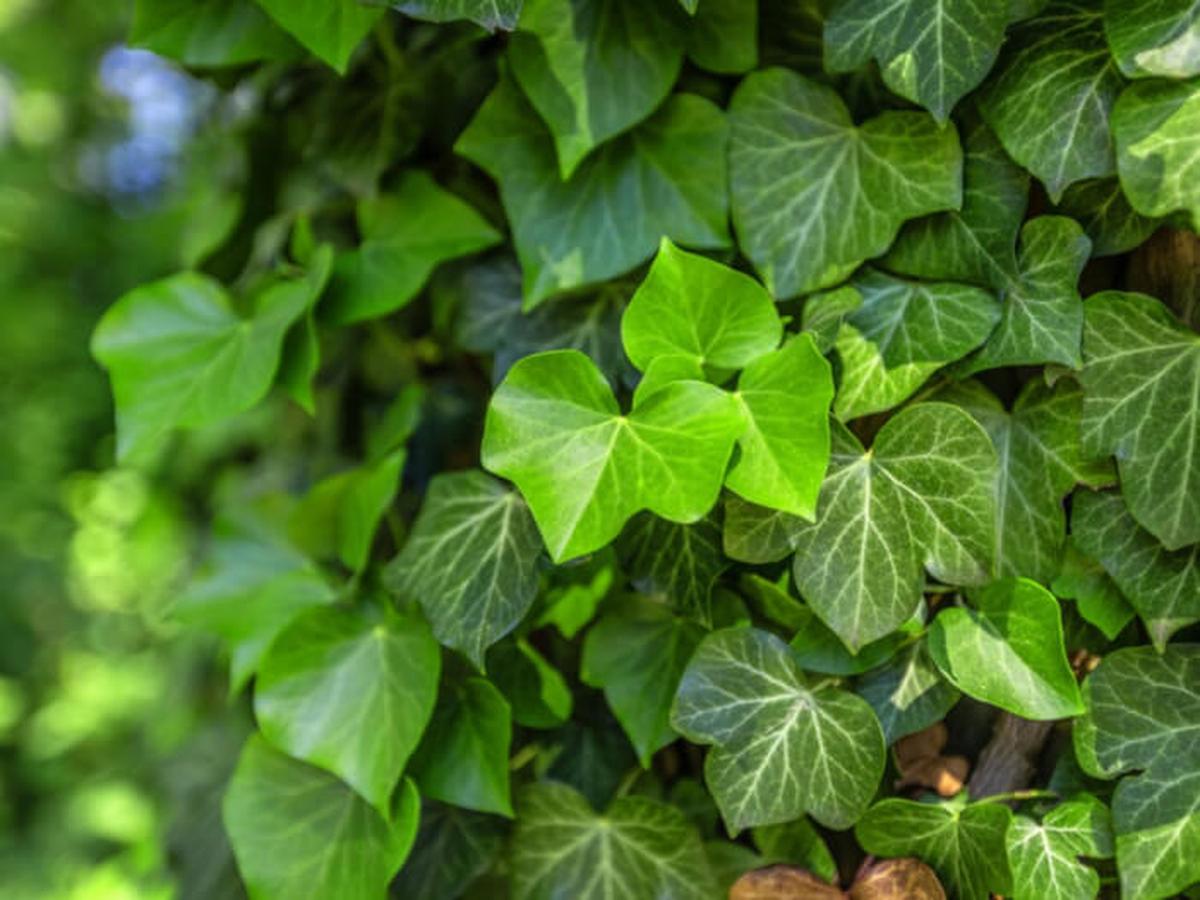
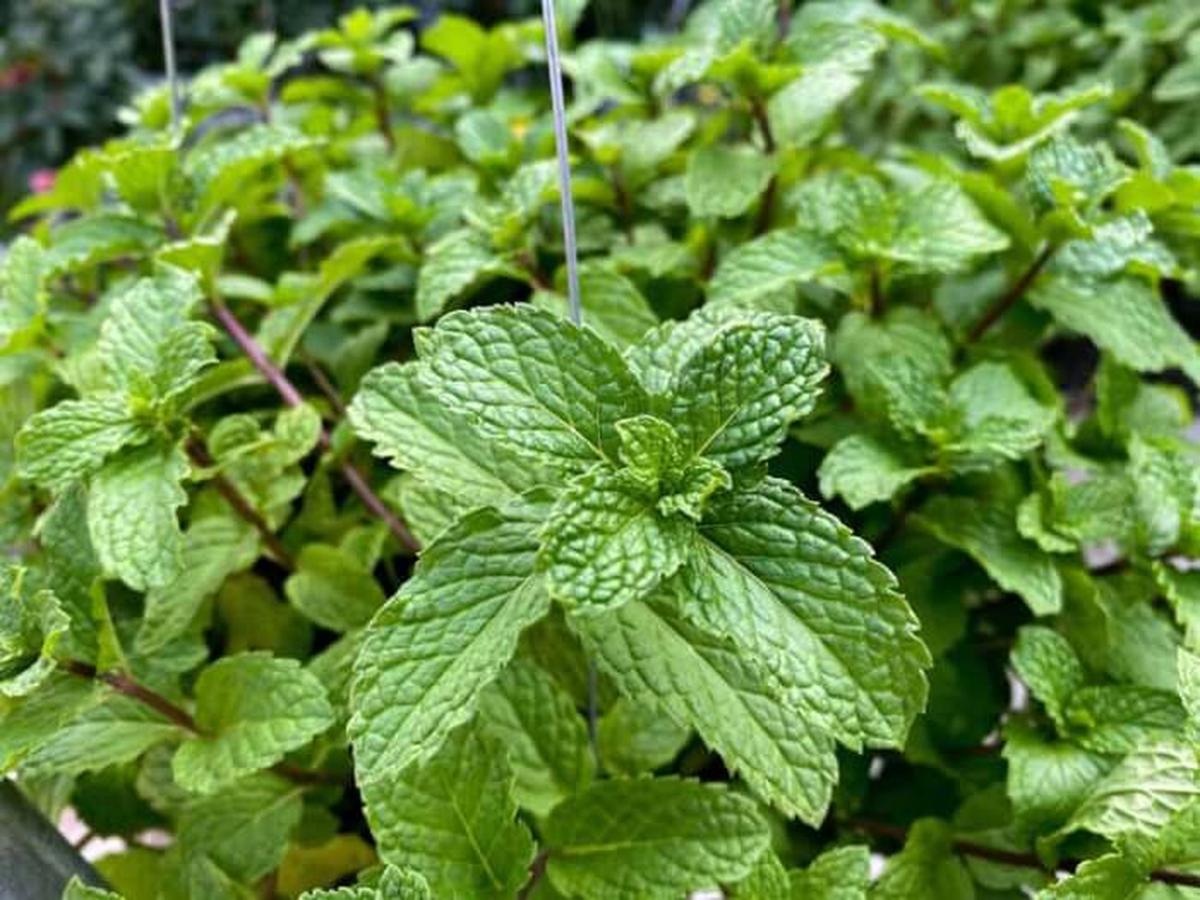
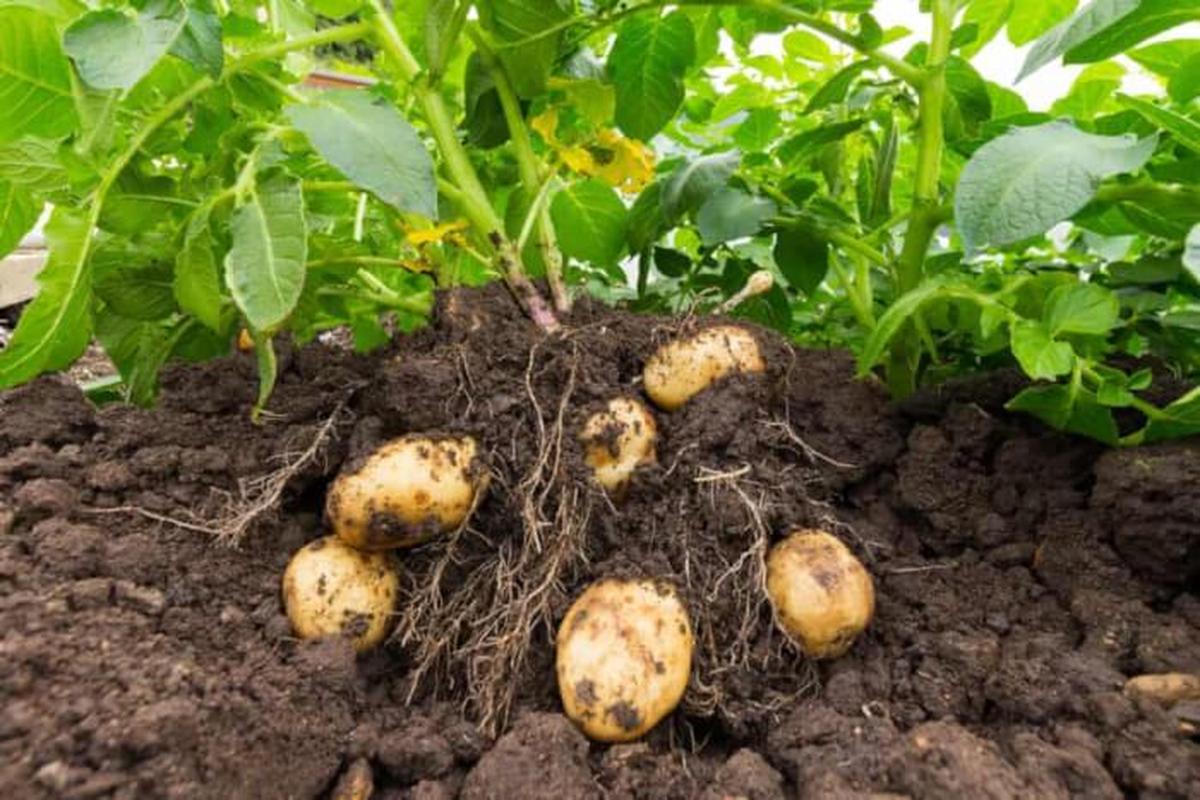
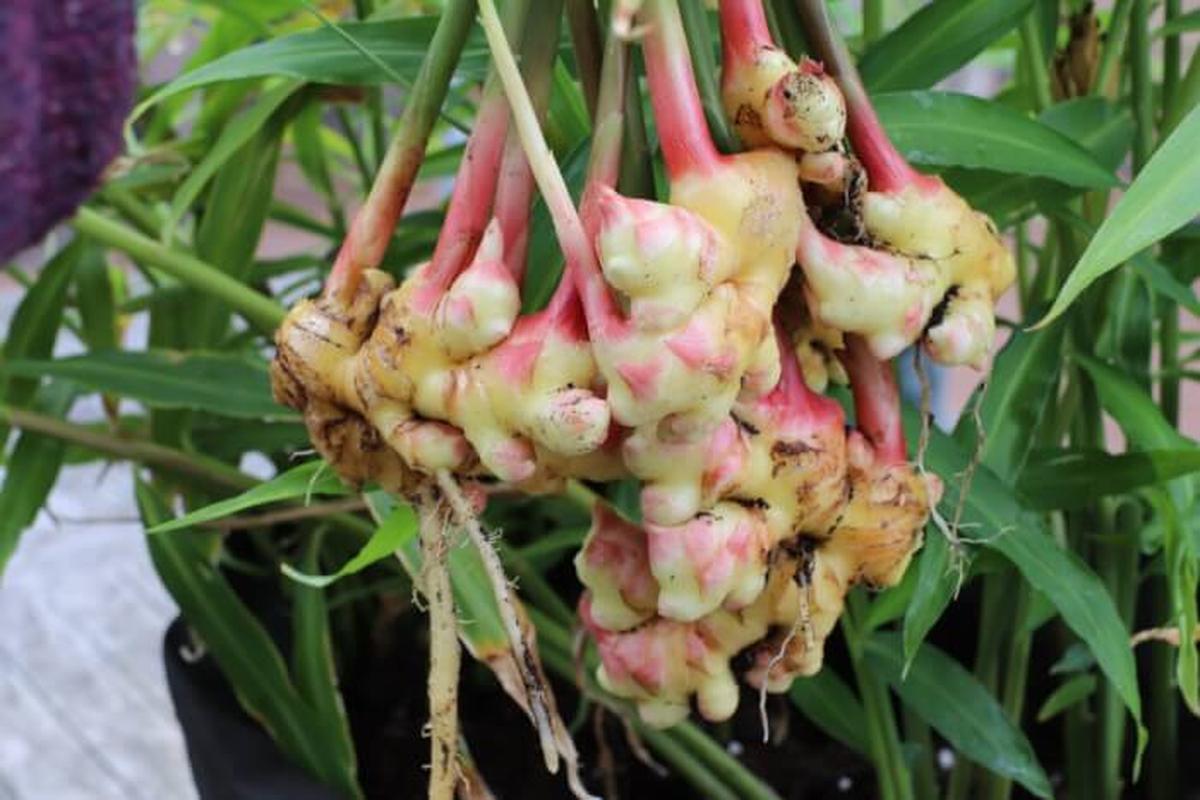
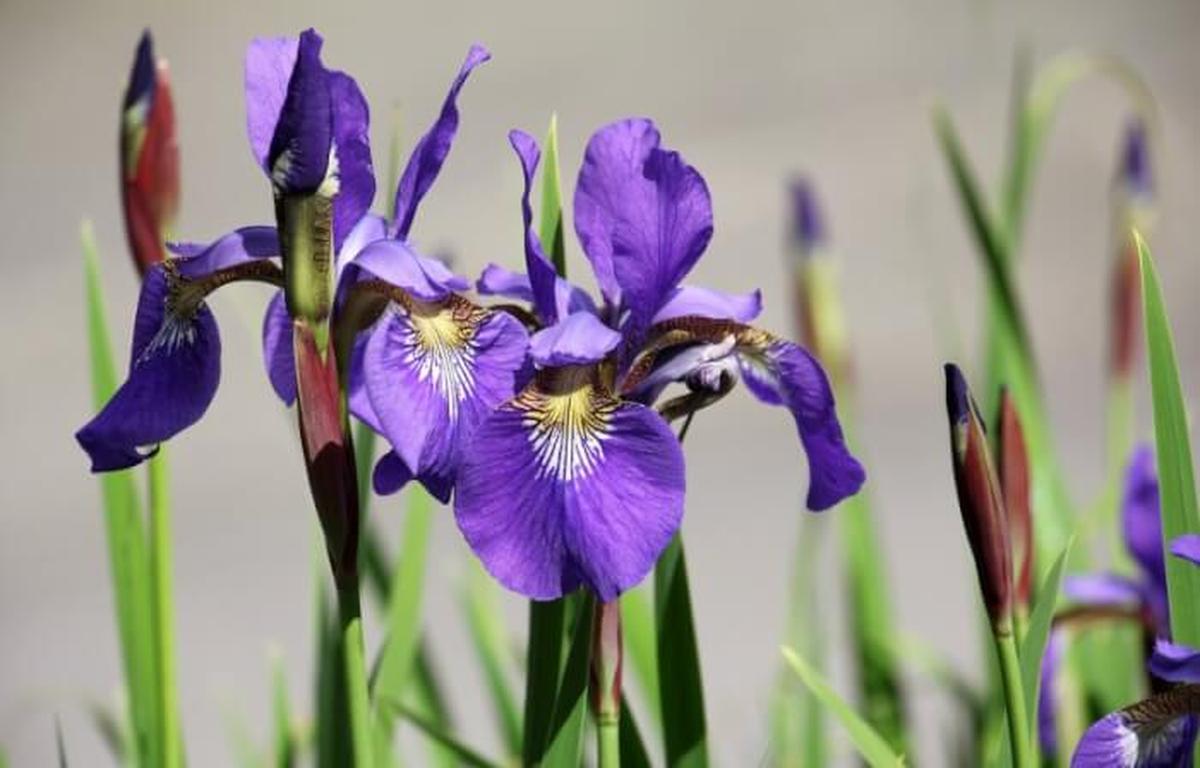
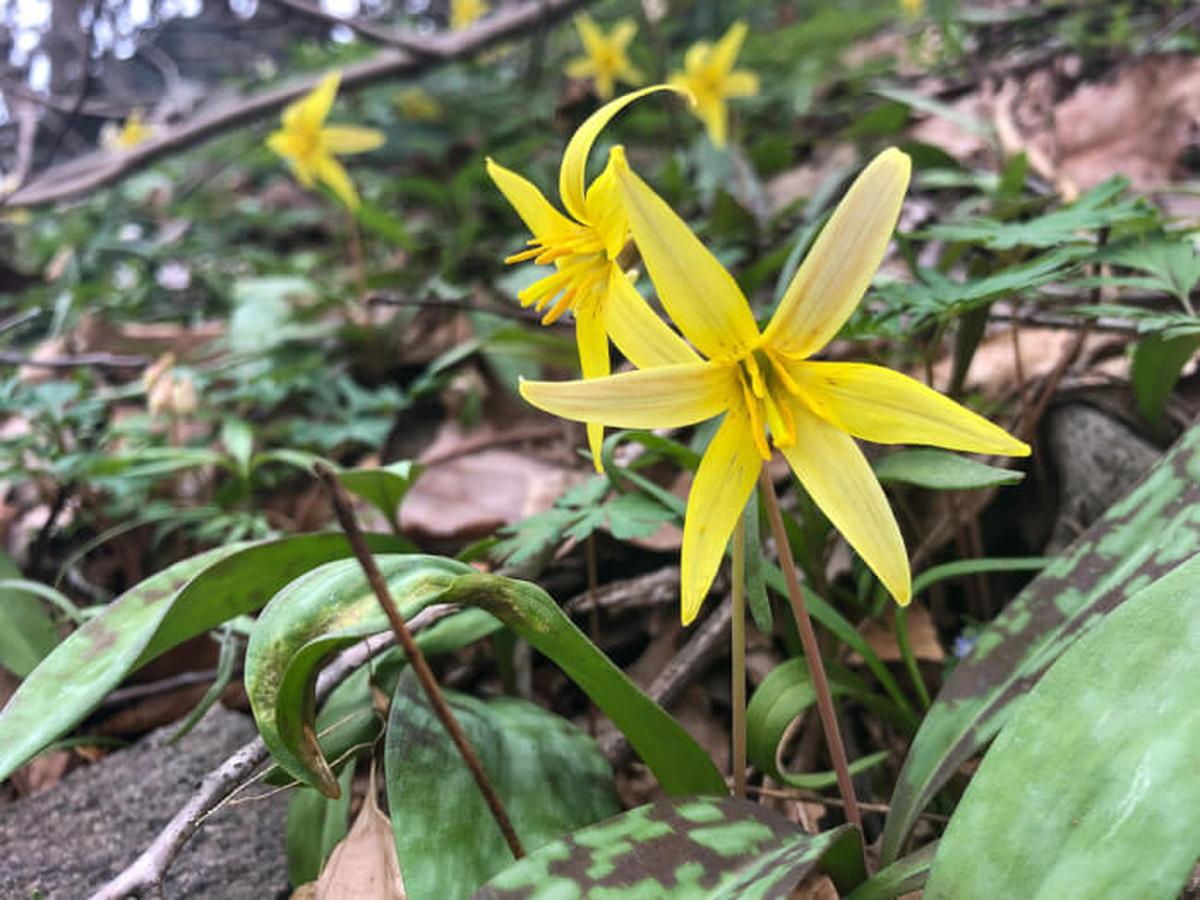
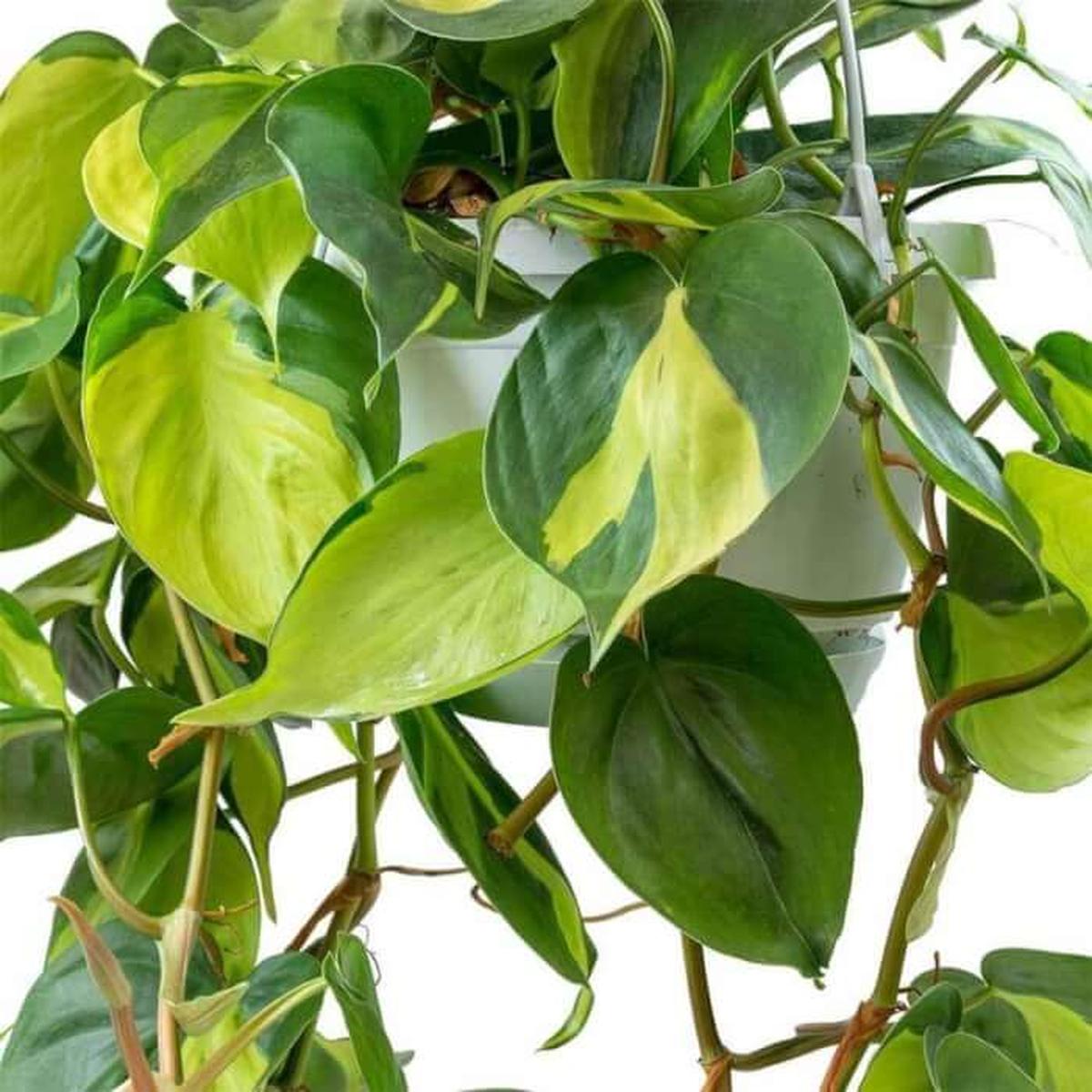
James Turner
Founder & Lead Designer
Expertise
Interior Design, Sustainable Design Practices, Spatial Planning, Innovative Material Applications, Contemporary Art Techniques, Visual Communication, Multimedia Artistry, DIY Design and Home Projects, Eco-Friendly Living Spaces, Creative Solutions
Education
University of Cincinnati College of Design, Architecture, Art, and Planning (DAAP)
Columbus College of Art & Design (CCAD), Columbus, OH
James Turner is the founder and lead designer at Velocity Art and Design. He studied Interior Design at the University of Cincinnati, focusing on eco-friendly design and smart use of space.
Later, he expanded his artistic skills with a Fine Arts Certificate from the Columbus College of Art & Design, where he learned about modern art and visual storytelling.
With over 10 years in design, James is passionate about making spaces that are both beautiful and practical. He shares his DIY tips and creative ideas to inspire others to explore their own creativity and transform their living spaces.